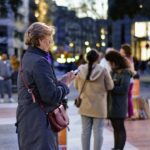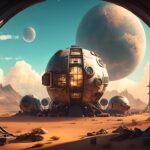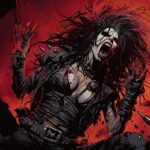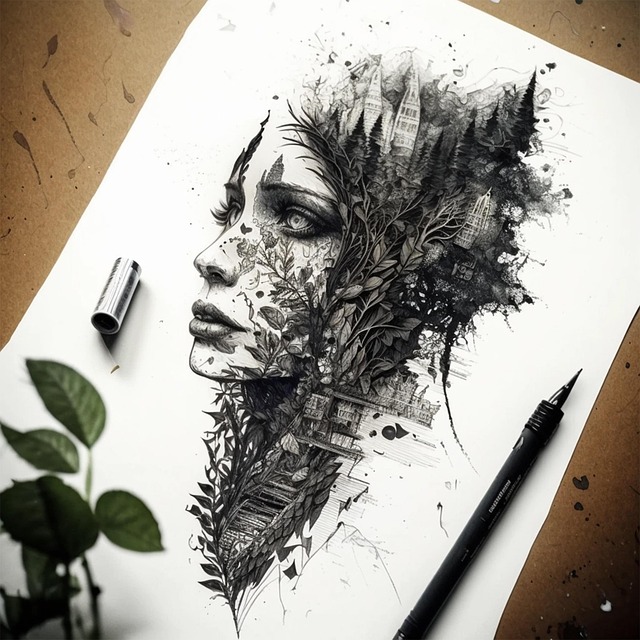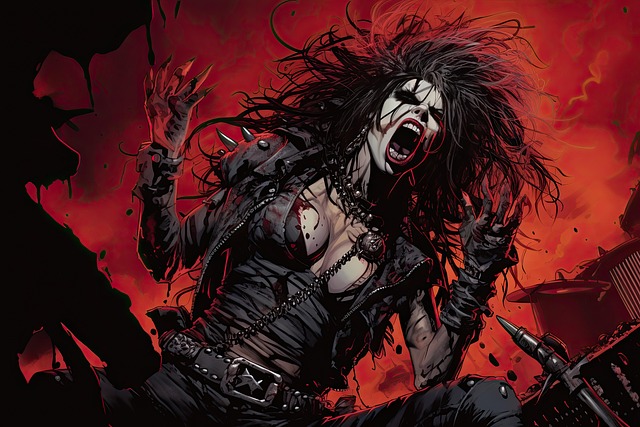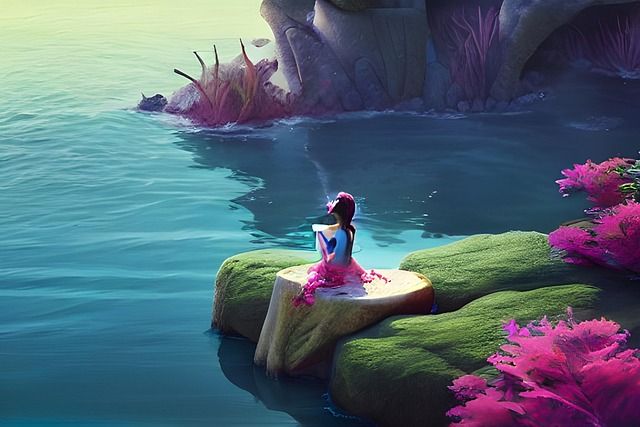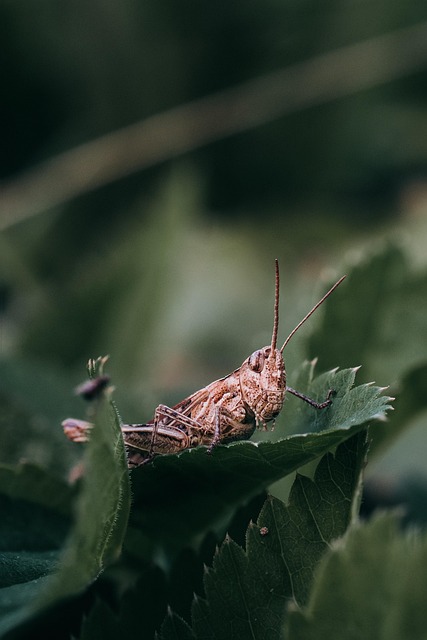# Exploring the Best AI Tools for Artists to Transform Their Work and Inspire New Possibilities
The intersection of art and technology has always been a fertile ground for innovation, and today, artificial intelligence (AI) is reshaping the creative landscape in unprecedented ways. For artists, designers, and creatives, AI tools are not merely aids; they are transformative partners that open new avenues for exploration and expression. In this article, we will delve into some of the most impactful AI tools for artists, including DALL·E, Midjourney, Stable Diffusion, Runway ML, and Adobe Firefly. We’ll explore how these generative art tools are revolutionizing the realms of digital illustration, concept art, video generation, and design work.
## The Rise of AI in Visual and Digital Art
AI has become an essential component of the creative process, offering artists new ways to conceptualize and produce their work. These powerful tools leverage machine learning algorithms to generate stunning visuals, enabling artists to push the boundaries of their creativity. Here’s a closer look at some of the leading AI tools for artists.
### 1. DALL·E
Developed by OpenAI, DALL·E is an AI model that generates images from textual descriptions. This tool allows artists to create unique visuals by simply typing in a phrase or concept.
– **How It Works**: DALL·E interprets the input text and produces a corresponding image, often with surprising and imaginative results.
– **Real-World Application**: Artist and designer, Sarah Johnson, used DALL·E to create a series of surreal landscapes for a digital art exhibition. By inputting phrases like “a dreamlike forest with floating islands,” she was able to generate visuals that inspired her final pieces.
### 2. Midjourney
Midjourney is an independent research lab that has developed an AI program capable of generating high-quality images based on textual prompts. This tool is particularly popular among digital artists for its ability to create visually striking and imaginative outputs.
– **Unique Features**: Midjourney excels in producing art that often resembles traditional painting styles, making it a favorite for concept artists.
– **Artist Insights**: Concept artist Alex Chen utilized Midjourney to brainstorm ideas for a fantasy game. By generating multiple iterations of character designs, he was able to refine his vision and present a more cohesive concept to his team.
### 3. Stable Diffusion
Stable Diffusion is a deep learning model that generates images from text prompts, similar to DALL·E but with an open-source approach. This feature allows artists to customize and fine-tune the model for specific artistic styles or projects.
– **Accessibility**: Being open-source means that artists can run Stable Diffusion on their own hardware, offering greater control over the generation process.
– **Case Study**: Digital artist Maria Lopez employed Stable Diffusion to create a series of illustrations for a children’s book. By adjusting the model’s parameters, she was able to produce images that matched the whimsical tone of her story.
### 4. Runway ML
Runway ML is a creative suite that combines AI tools for video editing, image generation, and more. It’s designed to empower creatives by simplifying complex processes and enabling innovative workflows.
– **Video Generation**: Runway ML allows artists to generate video content by manipulating images and applying AI-driven effects.
– **Practical Use**: Filmmaker Jake Thompson used Runway ML to create a short film that blended live-action footage with AI-generated visuals. The result was a captivating narrative that seamlessly integrated different artistic styles.
### 5. Adobe Firefly
Adobe Firefly is part of Adobe’s suite of creative tools and focuses on generative AI. It offers features for creating images, videos, and even 3D assets, all while integrating smoothly with Adobe’s existing software.
– **Integration with Adobe Products**: Firefly works seamlessly with popular Adobe tools like Photoshop and Illustrator, allowing artists to enhance their workflows without disruption.
– **Creative Application**: Graphic designer Emily Davis utilized Adobe Firefly to design promotional materials for a music festival. By generating unique backgrounds and textures, she was able to create a cohesive visual identity that stood out.
## How AI Tools Are Changing the Creative Process
The impact of AI tools on the artistic process is profound. Here are some key ways these technologies are reshaping the creative landscape:
– **Enhanced Creativity**: AI tools can generate ideas and concepts that artists might not have considered, acting as a source of inspiration.
– **Time Efficiency**: By automating repetitive tasks, such as image generation and video editing, artists can focus more on the creative aspects of their work.
– **Collaborative Opportunities**: AI can serve as a collaborator, allowing artists to experiment with styles and techniques that they might not typically explore.
– **Accessibility**: Many AI tools are user-friendly and accessible, enabling artists of all skill levels to harness their capabilities.
## The Future of AI in Creative Fields
As AI technology continues to evolve, its role in the creative industries will likely expand. We can anticipate several trends:
– **Greater Customization**: Future AI tools may offer more personalized experiences, adapting to an artist’s unique style and preferences.
– **Collaborative Platforms**: The emergence of platforms that facilitate collaboration between AI and human artists could lead to new forms of artistic expression.
– **Ethical Considerations**: As AI-generated art becomes more prevalent, discussions around copyright, ownership, and the definition of creativity will become increasingly important.
## Conclusion
AI tools for artists are not just changing the way art is created; they are redefining the very essence of creativity. From generating stunning visuals to streamlining workflows, these generative art tools empower artists to explore new possibilities and push the boundaries of their work. As we look to the future, it’s clear that AI will continue to play a pivotal role in the evolution of visual and digital art, inspiring a new generation of creatives to dream bigger and bolder than ever before. Embracing these tools will not only enhance artistic capabilities but also foster a more inclusive and innovative creative community.
By leveraging AI for creatives, artists can transform their work and inspire new possibilities, ensuring that the future of art remains vibrant and dynamic.

